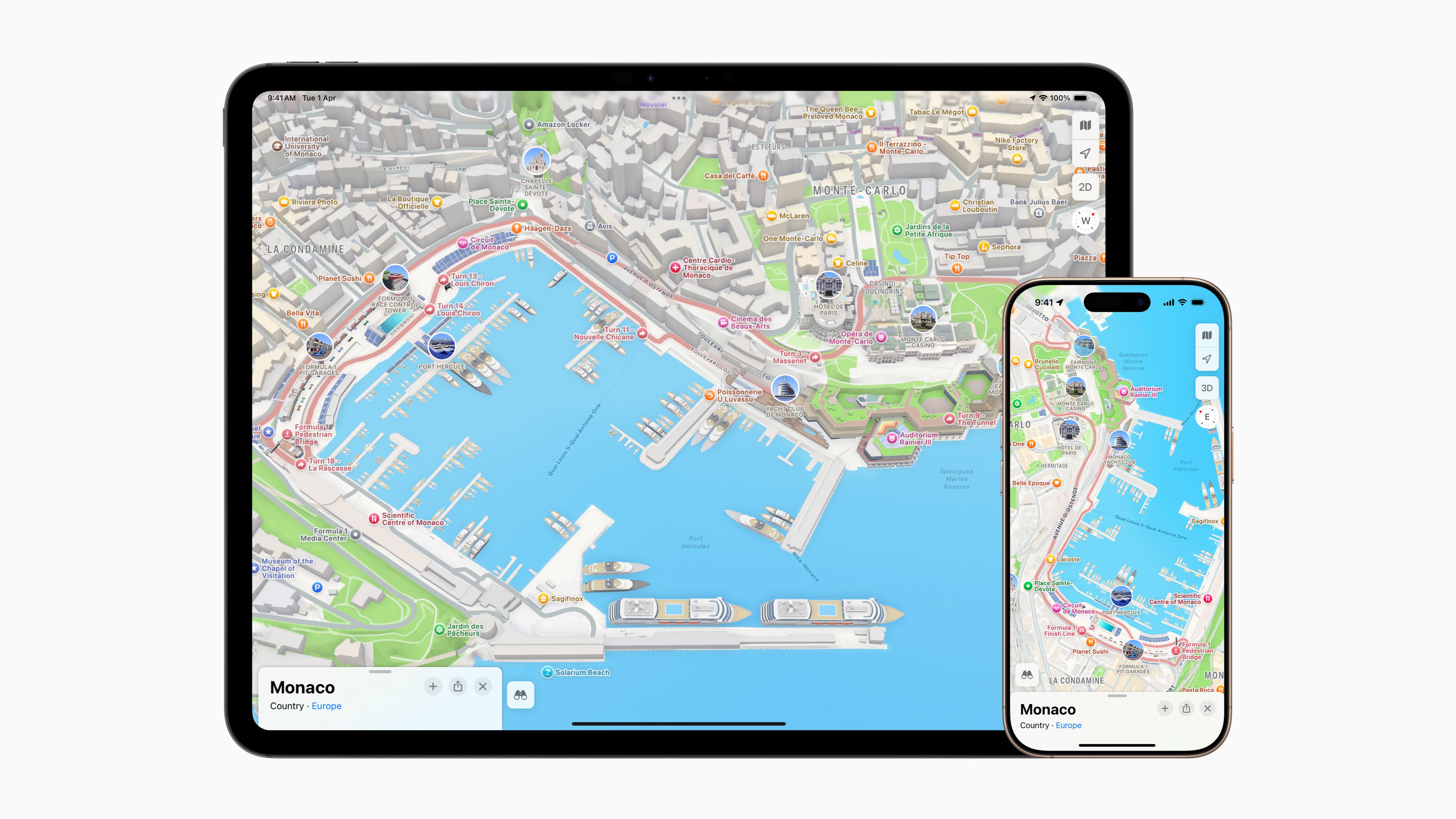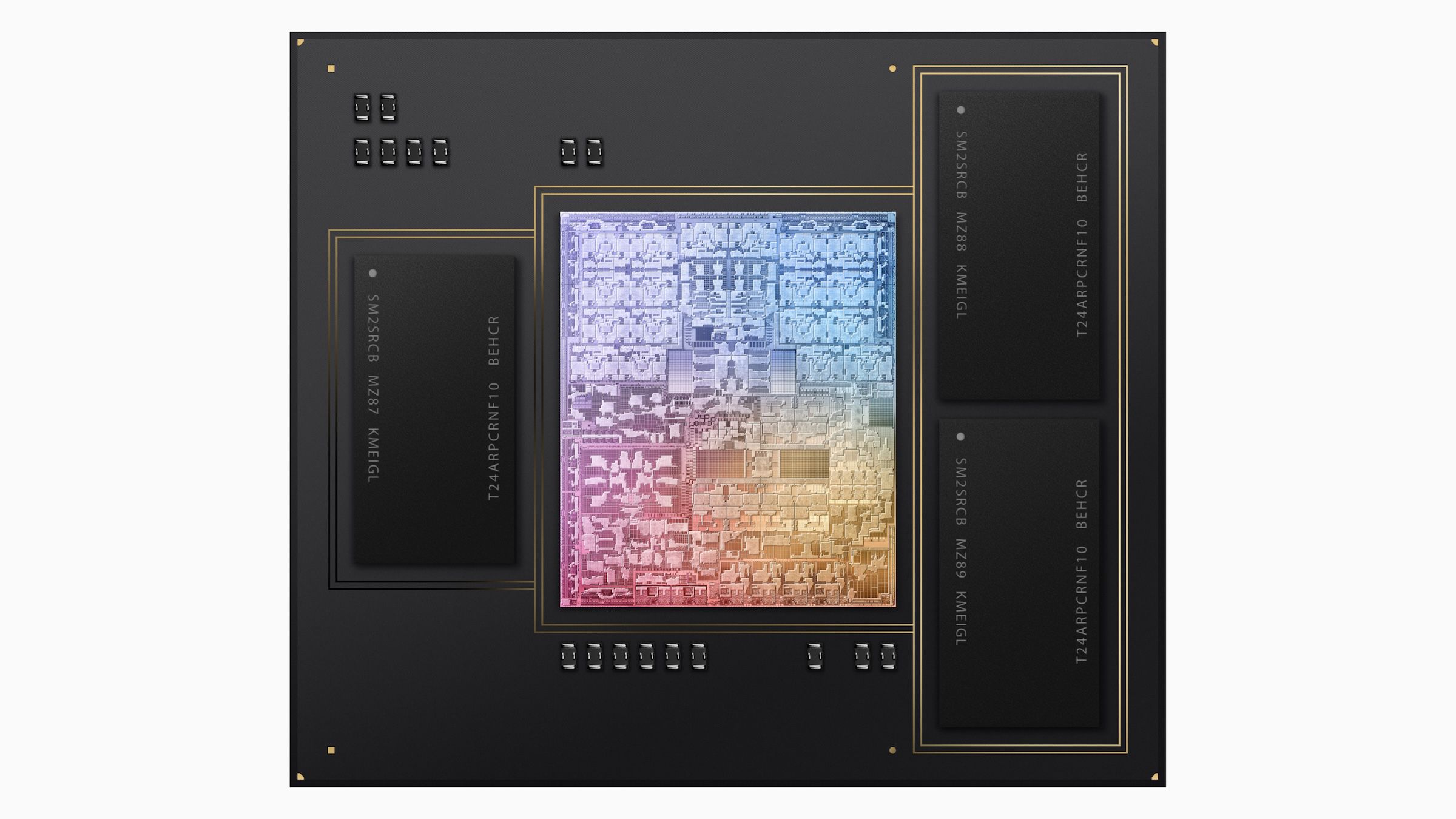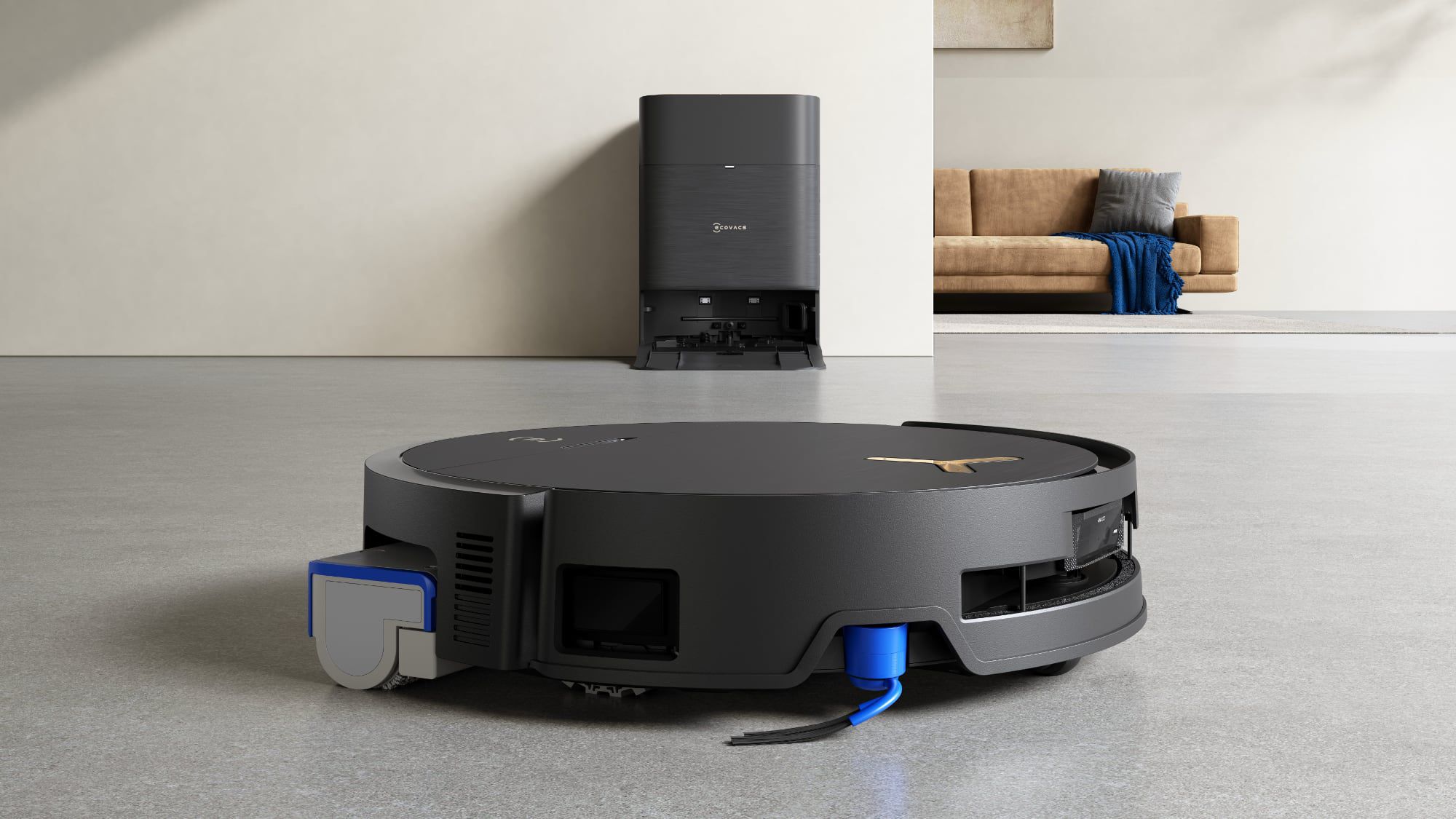Few companies in the history of additive manufacturing (AM) have had as much impact as Stratasys on the overall course of the industry’s development.Stratasys has existed for about as long as there has been an AM industry, and as the company heads towards its 40th anniversary near the end of this decade, Stratasys remains just as important a beacon as ever for those trying to gauge a broad outlook on the market’s trajectory.As is typical in the AM industry, getting a clear picture of that outlook has been made more complicated lately by a cascade of uncertain macro forces that seem to suggest equal potential for negative and positive outcomes.
With over ten years of experience in a variety of roles at Stratasys, the company’s Chief Business Officer (CBO), Rich Garrity, has a unique vantage point for predicting which way the chips might fall for the industry.AMS Executive Panel, from left: Stephen Butkow (Stifel), Ivan Madera (Morf3D), Mohsen Seifi (ASTM), Glynn Fletcher (EOS), Richard Garrity (Stratasys).Image courtesy of 3DPrint.com.
Having recently spent a week in Detroit for RAPID + TCT 2025, Garrity had an especially up-to-date read on the broader market sentiment.And generally, the mood seems quite optimistic: “We didn’t know what to expect with the uncertainty out there, but we’ve had a better response at RAPID this year, by far,” Garrity said.“The number of leads was up significantly, and we had a number of exciting new launches.
One of the launches, the ToughONE material for PolyJet, was a response to extensive customer feedback over the years — people love the accuracy and the aesthetics of what they can do with the process, but the available materials were too brittle to go much beyond prototyping.We worked on the ToughONE for several years, and it really enables PolyJet users to take the development cycle into functional prototypes as well as some tooling.We saw a lot of excitement around the new material from RAPID attendees.
Additionally, we launched our new large-format SLA platform, the Neo800+, which is up to 50 percent faster than what we had on the market before.Those are just a couple of the key launches from RAPID, but we were particularly encouraged by the response and interest they garnered, and we’re hoping that’s a good sign for the months ahead.” Regarding the months ahead, I was, of course, curious about Garrity’s take on the potential impact of trade war policies on the AM industry.This is exactly the sort of broad-sweeping issue that I think the industry should look to Stratasys for guidance on.
In the last few months, the company’s CEO, Yoav Zeif, has been rather active in sharing his thoughts on the ongoing upheaval that is reconstructing much of the foundation of international commerce: most recently, Zeif discussed the topic in an interview at RAPID with 3DNatives.Phone case printed in ToughONE material.Image courtesy of Stratasys.
Garrity’s views echoed Zeif’s, with the CBO framing the latest disruptions as part of a long-term arc, and, based on his experience dealing with previous supply chain crises, approaching the trade war’s possible effects on the AM industry with cautious optimism: “Overall, we see it as an opportunity for the industry, and particularly for US-based companies,” Garrity began.“Obviously, we saw an initial spike in interest during COVID, when more companies were reaching out to ask questions about AM, and we expect to see the same due to tariffs.If anything, we expect the increased interest to be more sustained this time around, because the trade barriers that are going up are likely not going away in the near-term.
From some of the early conversations that we’ve had, the mounting confusion on trade policy definitely appears to be causing companies to say, ‘Now’s the time.’ If they’d considered AM previously, but hesitated because they believed there were some cost advantages associated with legacy supply chains, now we’re finally starting to see that flip.So far it’s looking like the sort of tipping point that’s leading manufacturers to realize they have to make themselves more future-proof when it comes to these sorts of variables.And, when you play out the total cost within a fully thought-out supply chain, the legacy approach doesn’t have the cost advantages many think it does.” The new Stratasys Neo800+.
Image courtesy of Stratasys.Another angle to the present moment that could help enable more sustained AM adoption is that, thanks in no small part to the prior disruptions, the industry is now making its case to a marketplace that is more familiar than ever with AM technologies and their advantages.This makes it easier to educate new customers, and it has also had a cumulative effect on the quality of the labor force that Stratasys sees coming through its doors: “Since you just have way more people than ever before who are using 3D printing, earlier on — it’s commonplace now to see high school kids using 3D printers — I think that’s going to be a big, big tailwind for the industry,” Garrity explained.
“With our own internship program, for instance, we host 20-to-25 interns every summer, and the quality of those interns that come in now, versus ten years ago, is night and day.The high level of practical knowledge that they’re starting from as their baseline is going to be extremely beneficial for the AM industry as more and more of those younger folks enter the workforce permanently.At the same time, confronting the status quo remains a challenge, not just for Stratasys but for the industry as a whole: how do we help companies, with their existing labor pools, manage the process of adopting new ways of doing things? That’s a challenge that we’re approaching from multiple angles.” One of those angles, Garrity notes, is to simply aim in advance to make the adoption process as easy as possible: “Automation on the front end of the design process is one way we make adoption easier, and another is working with simulation companies to help proliferate the performance data associated with product life-cycles.
That gives customers the confidence upfront to know roughly how long a part is going to last: if a fixture, for instance, will last for 10,000 uses or if that’s closer to 5,000.We’re big on sharing data in peer-to-peer type environments where we can get people together so they can hear from others who have already crossed the chasm and are seeing a real ROI from adopting AM.We also have a formalized customer advisory board, something that, to our knowledge, is unique across the industry as a whole.
We have over a dozen big names from industries like aerospace, automotive, and defense, from the US and Europe, on the board, and it’s very influential in helping to guide our strategy.Similarly, we have constant feedback from existing customers, whom we work with in order to help us understand how we can maximize the seamlessness of the adoption process.” EV charger parts 3D printed in ToughONE material.Image courtesy of Stratasys.
So, while you can never plan for exactly how the world is going to change, you can put plans in place that help you adapt when big changes inevitably occur.For companies in the AM industry, mechanisms for systematic, constant customer feedback seem to be at the heart of such plans.Given Stratasys’s meticulous tracking of that feedback, if the company is optimistic about how current events may affect the AM industry, I think that’s a perspective worth paying attention to.
Subscribe to Our Email Newsletter
Stay up-to-date on all the latest news from the 3D printing industry and receive information and offers from third party vendors.Print Services
Upload your 3D Models and get them printed quickly and efficiently.Powered by FacFox
Powered by 3D Systems
Powered by Craftcloud
Powered by Endeavor 3D
Powered by Xometry
3DPrinting Business Directory
3DPrinting Business Directory









